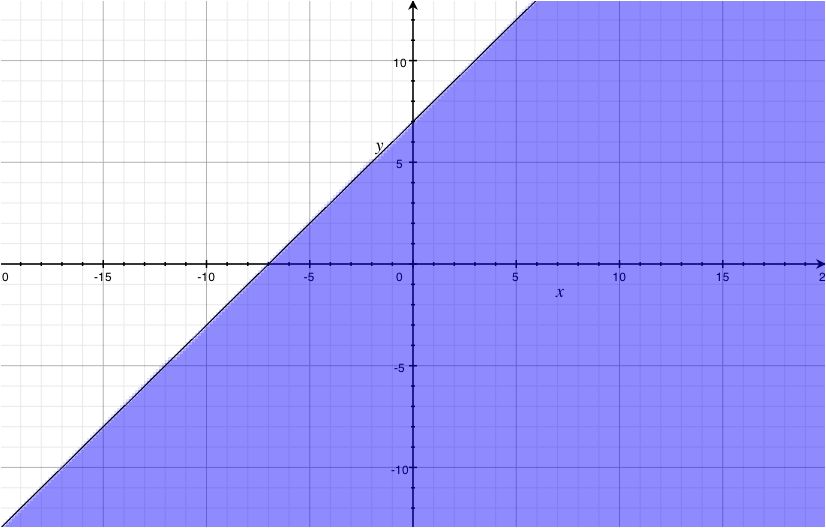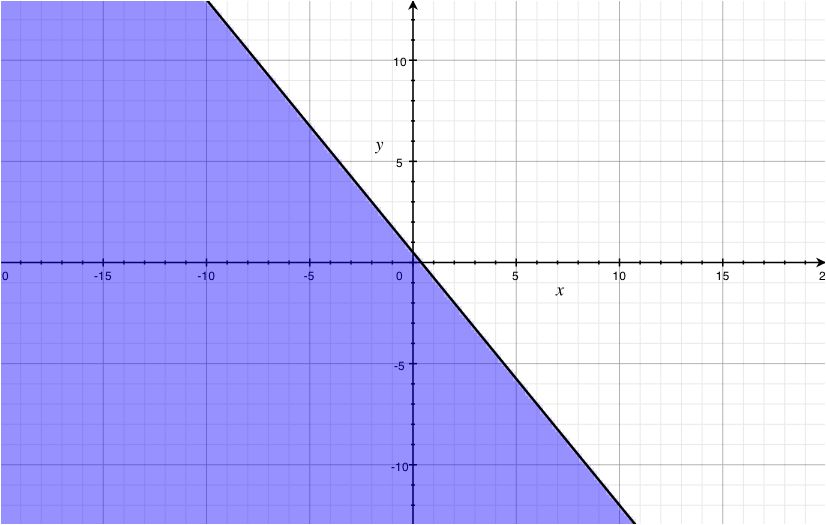Connecting...

This is a quick preview of the lesson. For full access, please Log In or Sign up.
For more information, please see full course syllabus of Algebra 1
For more information, please see full course syllabus of Algebra 1
Algebra 1 Graphing Inequalities in Two Variables
Lecture Description
In this lesson we are going to look at graphing inequalities using two variables. In order to make this process work out, we will first briefly review how to just simply graph lines. We will see how this works with our inequalities which involved entire regions of our graph. The important part for highlighting these regions will be shading in the proper part of the graph. To graph an inequality in two variables begin by graphing the corresponding line. It should be dotted if the inequality is strict, and solid if the inequality has “or equal. To graph the line, remember you can use slope-intercept form with the y-intercept and the slope to graph it quickly.
Bookmark & Share
Embed
Share this knowledge with your friends!
Copy & Paste this embed code into your website’s HTML
Please ensure that your website editor is in text mode when you paste the code.(In Wordpress, the mode button is on the top right corner.)
×
Since this lesson is not free, only the preview will appear on your website.
- - Allow users to view the embedded video in full-size.
Next Lecture
Previous Lecture









































 Carleen Eaton
Carleen Eaton Grant Fraser
Grant Fraser Eric Smith
Eric Smith
 Answer Engine
Answer Engine












2 answers
Last reply by: Sylvia Wang
Thu Apr 2, 2020 9:22 AM
Post by Sylvia Wang on April 1, 2020
is there a possibility that there wouldn't be a solution?
1 answer
Wed Sep 3, 2014 1:36 PM
Post by sherman boey on August 13, 2014
for example 1 u did not use dotted line
1 answer
Sun Jul 6, 2014 2:36 PM
Post by patrick guerin on July 6, 2014
Thank you for the lecture!